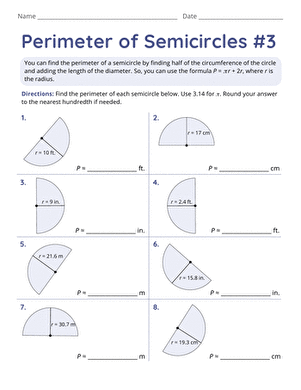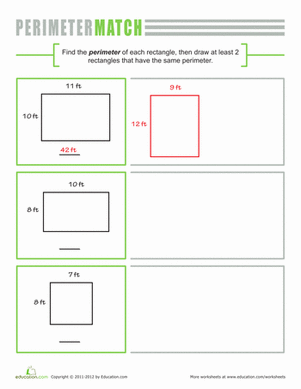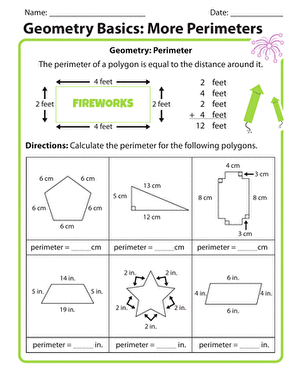Activity
Practice Brownie Perimeters
We all know how to find the area and perimeter of a rectangle. But as your child advances through math, it’s important to understand how those two numbers are related. On tests, your child may be asked to find the maximum area of a rectangle with a given perimeter. Here’s a practice activity that will get your kid's attention as soon as he walks in the door and smells the brownies baking in the oven.
What You Need:
- a ruler
- a piece of string cut to 16 inches.
- a pan of brownies
- a print out of the table below
- a pencil
What You Do:
- Show your child the pan of brownies. Tell him that he's going to have an opportunity to choose the size of his slice.
- Give him the piece of string. Tell him that he can cut any rectangular piece of brownie, so long as its perimeter is the exact length of the string.
- Let him make rectangles on the brownies using the string. Have him fill in the following chart as he goes, and remind him that the last column should be as big as possible. The first line is filled out as an example:
Length: Long Side “x”
Length: Short Side
“y”
Perimeter
“2x + 2y”
Area of Brownie
“x times y”
7 inches
1 inch
16 inches
7 sq. inches
16 inches
16 inches
16 inches
- After a few attempts, he should start to see that the area gets bigger as x and y get closer together. Ultimately, he should conclude that the area is maximized when the short and long sides are equal in length, making a square. In this case, that makes for a 4x4 square.
- Enjoy the reward!
Challenge:
Try this SAT problem:
“Farmer Joe wants to build a rectangular pen for his goats. He has 100 feet of fence, and wants as much room as possible for roaming inside. What is the maximum area he can make?
Solution:
Since we just learned that we need to make a square, we need four equal sides.
100 / 4 = 25, so each side should be 25 feet.
The area will be 25x25 = 625 sq. feet
Related learning resources















